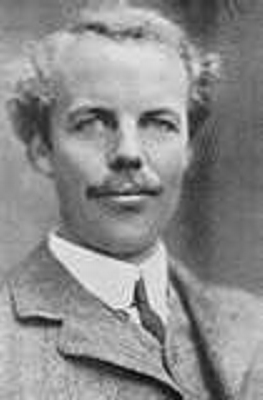 A crucial part of the Anabaptist reign of terror was their decision, again prefiguring that of the Khmer Rouge regime in Cambodia, to abolish all private ownership of money. With no money to purchase any good, the population became slavishly dependent on handouts or rations from the power elite. Accordingly, Matthys, Rothmann, and the rest launched a propaganda campaign that it was un-Christian to own money privately; and that all money should be held “in common,” which in practice meant that all money whatsoever must be handed over to Matthys and his ruling clique…
A crucial part of the Anabaptist reign of terror was their decision, again prefiguring that of the Khmer Rouge regime in Cambodia, to abolish all private ownership of money. With no money to purchase any good, the population became slavishly dependent on handouts or rations from the power elite. Accordingly, Matthys, Rothmann, and the rest launched a propaganda campaign that it was un-Christian to own money privately; and that all money should be held “in common,” which in practice meant that all money whatsoever must be handed over to Matthys and his ruling clique…
After two months of unremitting propaganda, combined with threats and terror against those who disobeyed, the private ownership of money was effectively abolished in Münster. The government seized all the money and used it to buy goods or hire workers from the outside world. Wages were doled out in kind by the only employer: the theocratic Anabaptist State.
Food was confiscated from private homes, and rationed according to the will of government deacons. Also, to accommodate the host of immigrants, all private homes were effectively communized, with everyone permitted to quarter themselves everywhere; it was now illegal to close, let alone lock, one’s doors. Compulsory communal dining halls were established, where people ate together to the readings from the Old Testament.
The compulsory communism and reign of terror was carried out in the name of community and Christian “love.” This communization was considered the first giant step toward egalitarian communism, where, as Rothmann put it, “all things were to be in common, there was to be no private property and nobody was to do any more work, but simply trust in God.” Somehow, the workless part never seemed to arrive.
[…]
Totalitarianism in Münster was now complete. Death was now the punishment for virtually every independent act. Capital punishment was decreed for the high crimes of murder, theft, lying, avarice, and quarrelling. Death was also decreed for every conceivable kind of insubordination: the young against the parents, wives against their husbands, and, of course, anyone at all against the chosen representative of God on earth, the government of Münster. Bernt Knipperdollinck was appointed high executioner to enforce the decrees.
The only aspect of life previously left untouched was sex, and this deficiency was now made up. The only sexual relation now permitted by the Bockelson regime was marriage between two Anabaptists. Sex in any other form, including marriage with one of the “godless,” was a capital crime.
But soon Bockelson went beyond this rather old-fashioned credo, and decided to enforce compulsory polygamy in Münster. Since many of the expellees had left their wives and daughters behind, Münster now had three times as many marriageable women as men, so that polygamy had become technically feasible. Bockelson convinced the other, rather startled preachers by citing polygamy among the patriarchs of Israel, reinforcing this method of persuasion by threatening any dissenters with death.
Compulsory polygamy was a bit much for many of the Münsterites, who launched a rebellion in protest. The rebellion, however, was quickly crushed and most of the rebels put to death […]
The rest of the male population also began to take enthusiastically to the new decree. Many of the women reacted differently, however, and so the Elders passed a law ordering compulsory marriage for every woman under (and presumably also over) a certain age, which usually meant becoming a compulsory third or fourth wife.
Since marriage among the godless was not only invalid but also illegal, the wives of the expellees became fair game, and they were forced to “marry” good Anabaptists. Refusal of the women to comply with the new law was punishable, of course, with death, and a number of women were actually executed as a result.
Murray N. Rothbard, “Karl Marx as Religious Eschatologist”, Mises Institute, 2009-10-09.
maintain
your
water
infrastructure !!!









